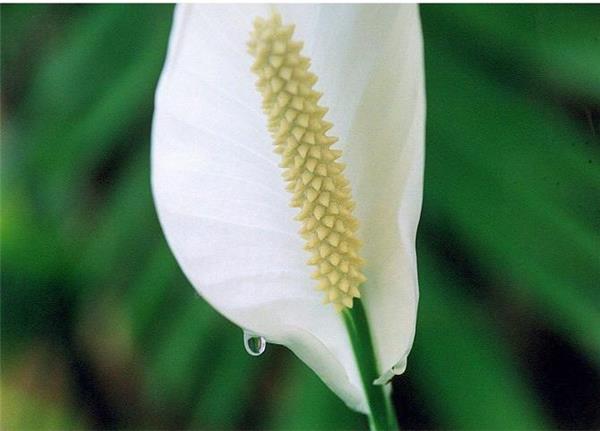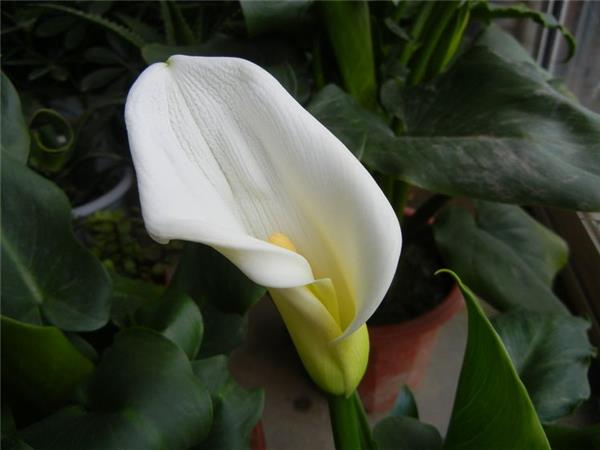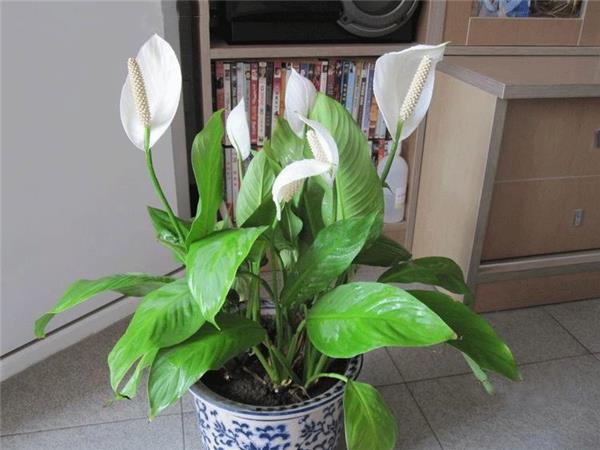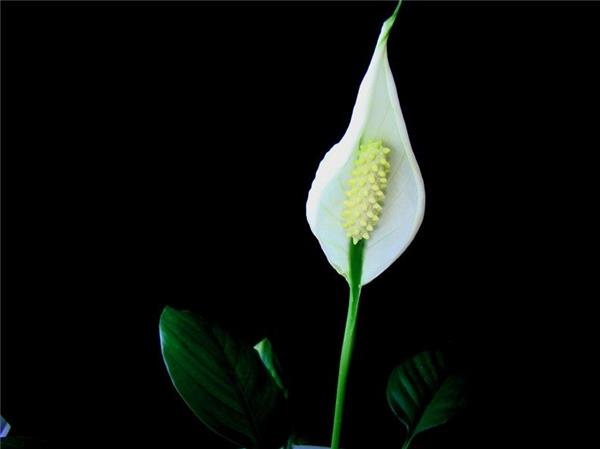Propagation and Culture methods of White Crane Taro
The cultivation of white crane taro is relatively simple and easy to use, so let's take a look at how to grow white crane taro from its breeding methods and culture methods.

The Propagation Mode of White Crane Taro
Ramet propagation: it is best to do it from May to June. The whole plant was pulled out of the pot and the rhizome was cut from the base of the plant clump with at least 3-4 leaves in each clump and restored in semi-shade after planting. Plants with strong growth can be divided into plants once every 2 years, usually in spring or after autumn. Before the emergence of new buds in early spring, the whole plant was poured out of the basin, the old cultivated soil was removed, and the rhizome was divided into several clumps at the base of the clump, each containing more than 3 stems and buds, which were replanted in the pot with newly cultivated soil. It is necessary to bring as many root groups as possible to facilitate the new plants to produce new leaves and plump plants more quickly.
Sowing and reproduction: seeds can be obtained by artificial pollination in the greenhouse after flowering. After the seeds are mature, they can be sown with picking, and the sowing temperature should be about 25 ℃. When the temperature is low, the seeds are easy to rot and affect the emergence of seedlings.
Tissue culture propagation: tissue culture propagation of white crane taro has been carried out in the United States and Germany in the late 1970s and early 1980s. Young inflorescences and lateral buds were used as explants and inoculated on MS medium supplemented with 10 mg / L 6-benzylaminoadenine and 2 mg / L indole acetic acid after disinfection. Callus and adventitious buds grew after 40 days. Then the adventitious buds were transferred to MS medium supplemented with indole acetic acid 2 mg / L, and rooting was induced after 30 days and 40 days to become complete plants.

Culture method of White Crane Taro
Soil: the pot soil of white crane taro is a mixture of rotten leaf soil, peat soil and coarse sand, plus a small amount of calcium superphosphate.
Containers: choose containers of appropriate size according to the variety. Some small varieties are suitable for growing in 4-inch containers, while some large varieties are suitable for growing in 21-inch containers, and growers should choose according to the actual situation.
Sunshine: generally speaking, the degree of shade needed to grow white taro is at least 73%. In summer, 80% of the shade will be better. If the light level is too low, the color of white crane taro leaves will become lighter and the growth will be hindered.
Temperature: the suitable temperature for the growth of white crane taro is 22: 28 ℃, 24: 30 ℃ from March to September, 18: 21 ℃ from September to March of next year, and the winter temperature is not lower than 14 ℃. When the temperature is lower than 10 ℃, the growth of the plant is hindered and the leaves are vulnerable to freezing injury.
Watering: the white crane taro leaves are larger and more sensitive to humidity. When it is hot in summer and dry in autumn, spray more water to ensure that the air humidity is more than 50%, which is beneficial to the growth of leaves. When dried at high temperature, the leaves are easy to curl, the leaves become smaller, wither and fall off, and the florescence is shortened.

Fertilization: White taro is easy to grow, but the demand for magnesium is much higher than that of many other foliage plants. When magnesium is in short supply, the edges of the old leaves of the white taro will turn yellow. Growers should use liquid fertilizer or solid fertilizer to supplement magnesium to the plant, or regularly spray magnesium sulfate, magnesium nitrate or magnesium chelate to the plant.
Insect pests: common bacterial leaf spot, brown spot and anthracnose damage leaves, can be sprayed with 50% carbendazim wettable powder 500 times. In addition to root rot and stem rot, in addition to paying attention to ventilation and reducing humidity, control with 75% chlorothalonil wettable powder 800 times. Sometimes the harm of shell insects and red spiders occurs, which can be prevented by spraying 1500 times of 50% marathon EC.
Promoting flowering: plant flowering was induced artificially by spraying gibberellic acid, and the flowering time was different in different varieties. Generally speaking, small varieties respond quickly to gibberellic acid and blossom in 7 to 9 weeks after spraying, 10 to 11 weeks in medium varieties and 12 to 13 weeks in large varieties. It should be noted that too high concentration of gibberellic acid will cause plant flower deformation.

The above introduction is all about the breeding and breeding of white crane taro, the plant type of white crane taro is beautiful and generous, breeding at home can not only decorate the room, but also improve the quality of the room, so it has a high breeding value.
- Prev

[Platycodon grandiflorum planting technique] Ten points for attention in Platycodon grandiflorum Culture
[Platycodon grandiflorum planting technique] Ten points for attention in Platycodon grandiflorum Culture
- Next

[how to wash mulberry] how to wash mulberry well
[how to wash mulberry] how to wash mulberry well
Related
- Wuhan Hospital Iron Tree Blooming Result Was Instantly Frightened by the Gardener Master
- Which variety of camellia is the most fragrant and best? Which one do you like best?
- What is the small blue coat, the breeding methods and matters needing attention of the succulent plant
- Dormancy time and maintenance management of succulent plants during dormancy
- Minas succulent how to raise, Minas succulent plant pictures
- What are the varieties of winter succulent plants
- How to raise succulent plants in twelve rolls? let's take a look at some experience of breeding twelve rolls.
- Attention should be paid to water control for succulent plants during dormant period (winter and summer)
- Watering experience of twelve rolls of succulent plants
- Techniques for fertilizing succulent plants. An article will let you know how to fertilize succulent plants.

